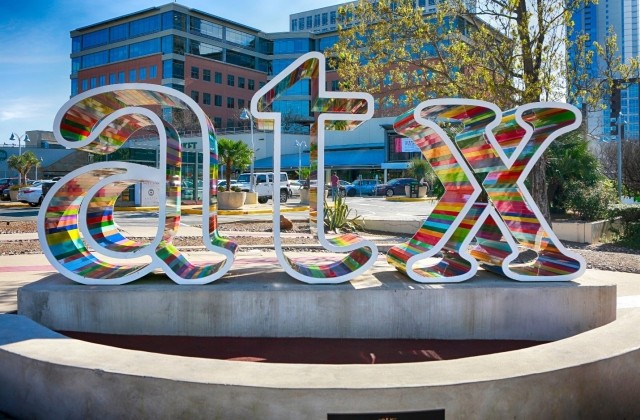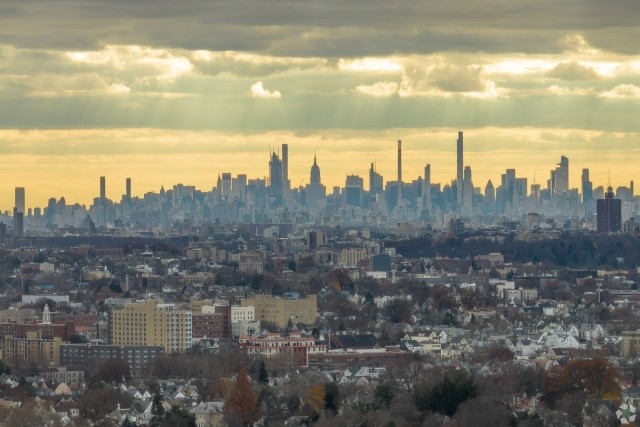The multifamily market has experienced a lot of ups and downs with elevated supply and rising costs. In the past couple of years, renters have enjoyed favorable market trends because of increased inventory and in some markets, lower rent prices. However, at halfway through 2025, the landscape is shifting away from renters to a landlord market due to improved demand lowering the national vacancy rate as reported by CoStar.
To show how the market has changed, CoStar’s market analytics team developed a new momentum index ranking the top 48 U.S. cities. The top 10 cities in 2025 are:
- Jacksonville, FL
- Atlanta, GA
- Tampa, FL
- Raleigh, NC
- San Francisco, CA
- Seattle, WA
- Minneapolis, MN
- Orlando, FL
- San Jose, CA
- Philadelphia, PA
Methodology
CoStar’s market analytics ranked the cities using a momentum index that finds the most improved cities. This included looking at the change in the pace of rent growth, decline in vacancy rate, decline in the under-construction pipeline, and demand momentum as measured by net absorption (units occupied minus units vacated) as a percentage of total inventory.
Multifamily Market Trends in 2025
It is not just CoStar that projects a shift in the multifamily landscape towards landlords as CBRE reports that, “shrinking construction pipelines, strong renter demand, rising occupancies and accelerating rent growth are expected across all markets in 2025.”
CoStar News says the annual asking rent growth has leveled out at 1 percent as a historic wave of apartment construction has crested. CBRE reports similar findings that, “developers have added more apartments to the U.S. housing market than in any periods since the 1970s.”
Renting forever is becoming more popular, largely due to the high costs of homeownership presenting a barrier to many. According to CBRE, the average newly originated mortgage payment is 35 percent higher than the average apartment rent as of Q3 2024. In some of the biggest cities, the average monthly cost of buying a house is forecasted to be two to three times more than the average rent in 2025.
1. Jacksonville, FL
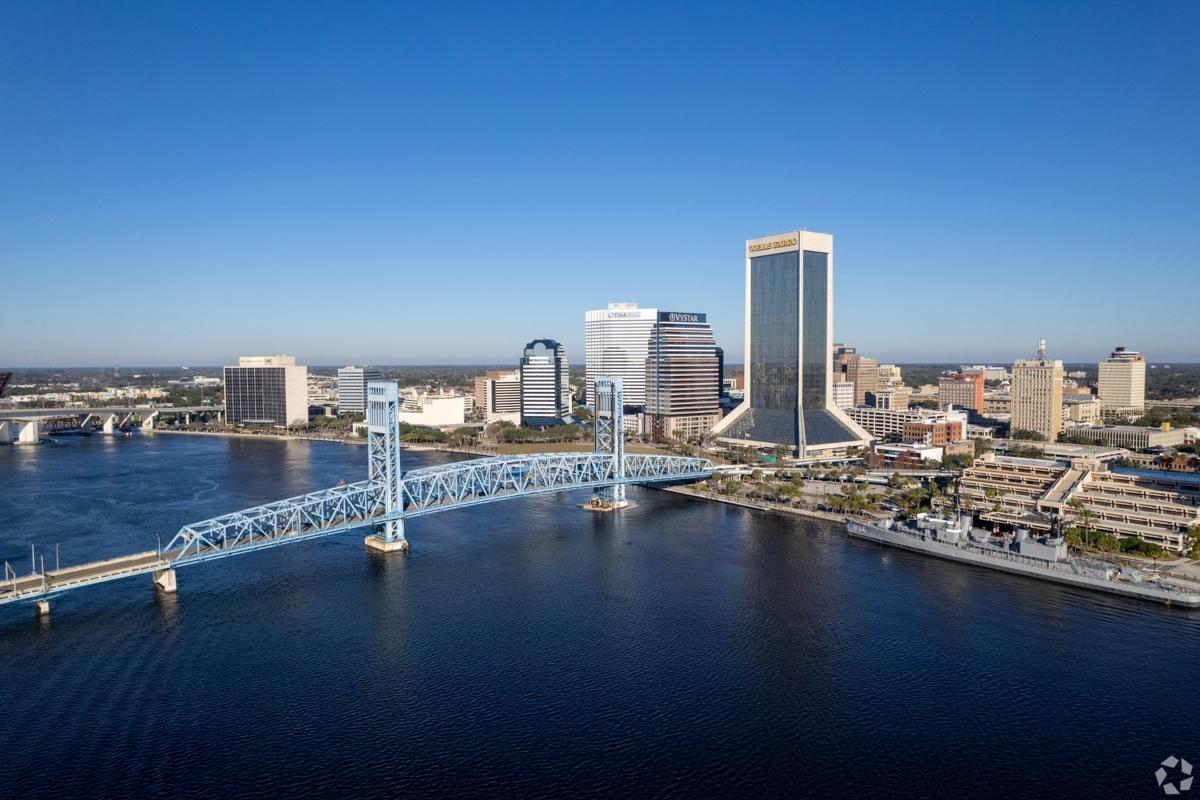
- Average rent in Jacksonville: $1,304/month
- Rent increase in past year: 0.9 percent
Jacksonville tops the list due to a large decrease in vacancy related to job and population growth. Out of all the apartments leased, luxury apartments were the clear winner because most renters preferred this higher-quality option. CoStar says luxury apartments accounted for 80 percent of all absorption in 2024, but there are still many budget options in affordable neighborhoods in Jacksonville.
Lisa McNatt, CoStar’s Orlando and Jacksonville director of market analytics says that in-migration has expanded the number of residents by nearly 9 percent from April 2020 through July 2024. Competition will be hot if you are looking at this market because of the number of residents increasing demand, limited new housing supply, and elevated interest rates causing more people to rent.
2. Atlanta, GA
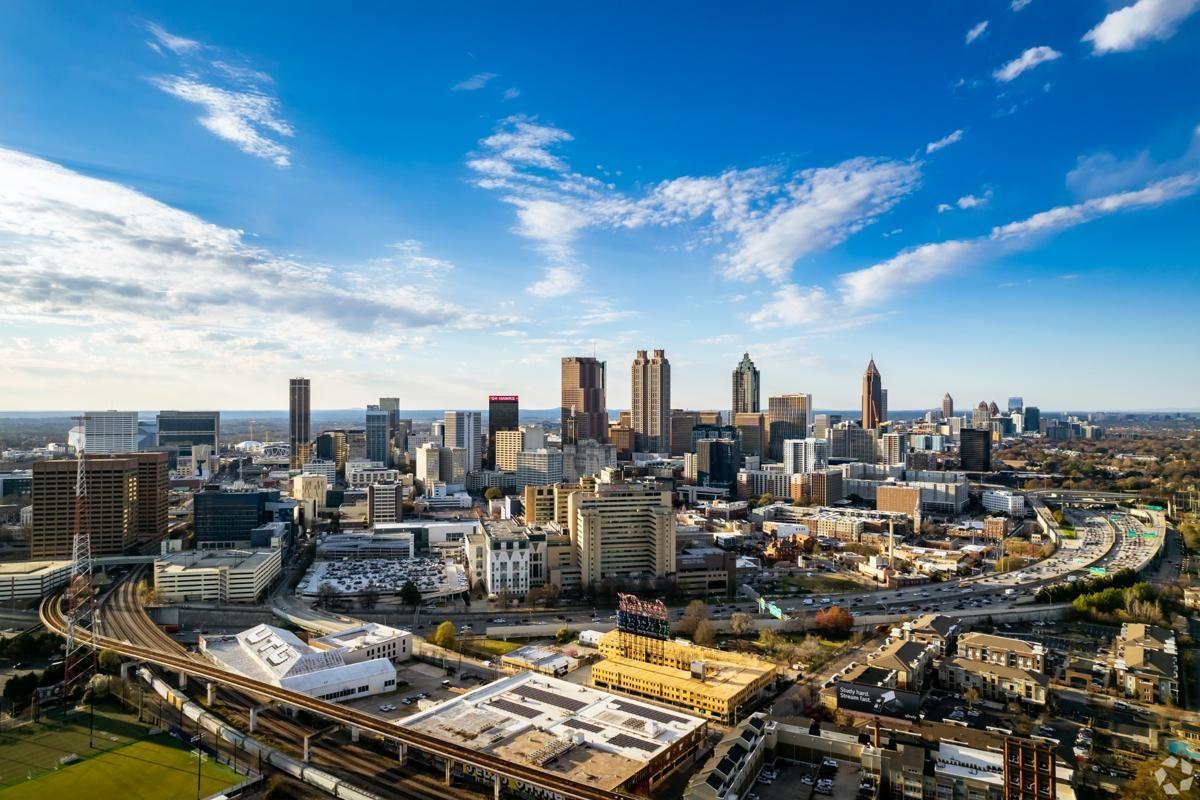
- Average rent in Atlanta: $1,628/month
- Rent increase in past year: 1.2 percent
As part of the Sun Belt, Atlanta is becoming an increasingly popular choice for renters because of its affordability and job growth. There are plenty of affordable neighborhoods to choose from and the city has an average rent lower than the national average. Ask about rent concessions when you are touring as CoStar says that half of all multifamily developments are using monetary concessions to attract renters in Atlanta.
Madelyn Bearn, CoStar’s associate director of market analytics in Atlanta, says that people move to the area to find lower living costs (when compared to East and West Coast cities) and to follow jobs. Many businesses open or relocate major headquarters to Atlanta, which creates jobs across a variety of sectors, including manufacturing, tech, and entertainment.
3. Tampa, FL
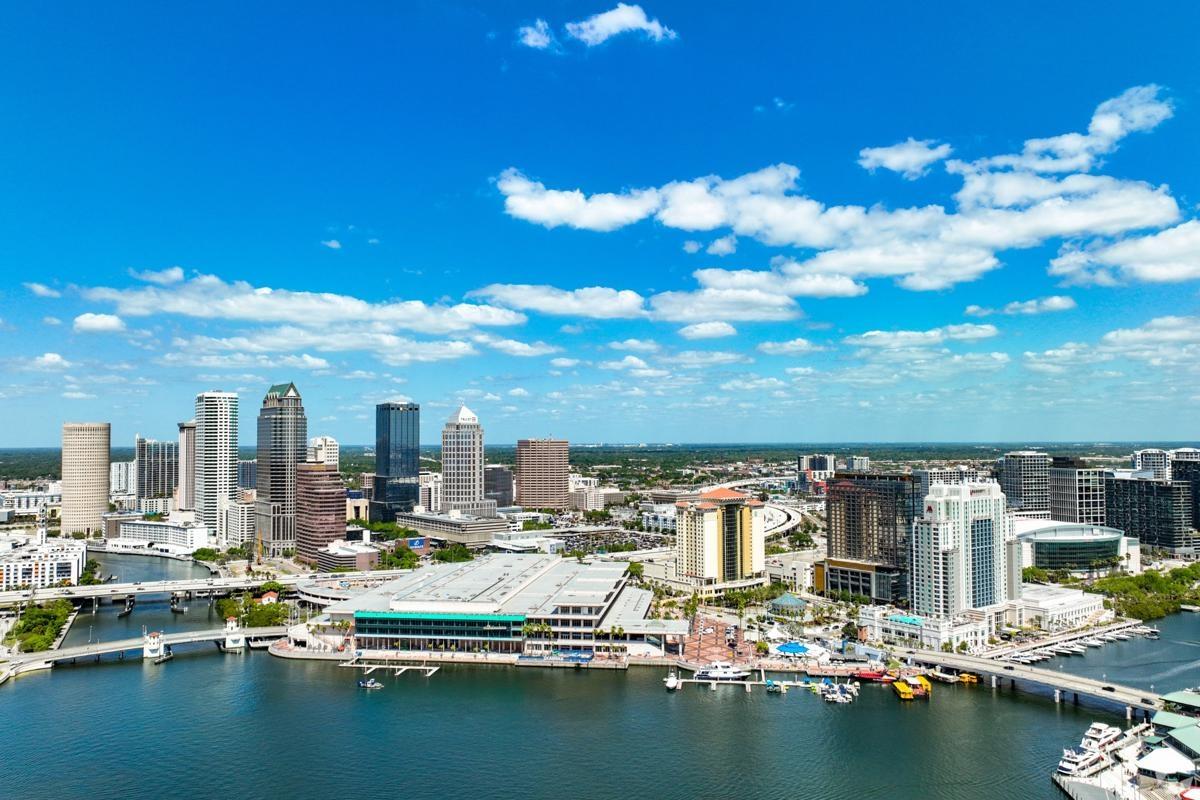
- Average rent in Tampa: $1,661/month
- Rent increase in past year: 1.8 percent
Tampa was one of the few cities that had an increase in annual rent growth over the past year according to CoStar News. This is due to job creation in healthcare, logistics, and tourism sectors which have attracted people to the city, thus helping demand catch up to new construction. McNatt says that Tampa’s population has grown by 8 percent from April 2020 through July 2024.
A lot of the new construction in the city has been centered around Downtown Tampa because renters continue to flock there. The bustling epicenter offers professional and recreational opportunities that are hard to pass up. You can even bring your pet along as it’s one of the most pet-friendly neighborhoods in Tampa. But you will encounter increasing higher rent prices both downtown and the city of Tampa itself.
4. Raleigh, NC
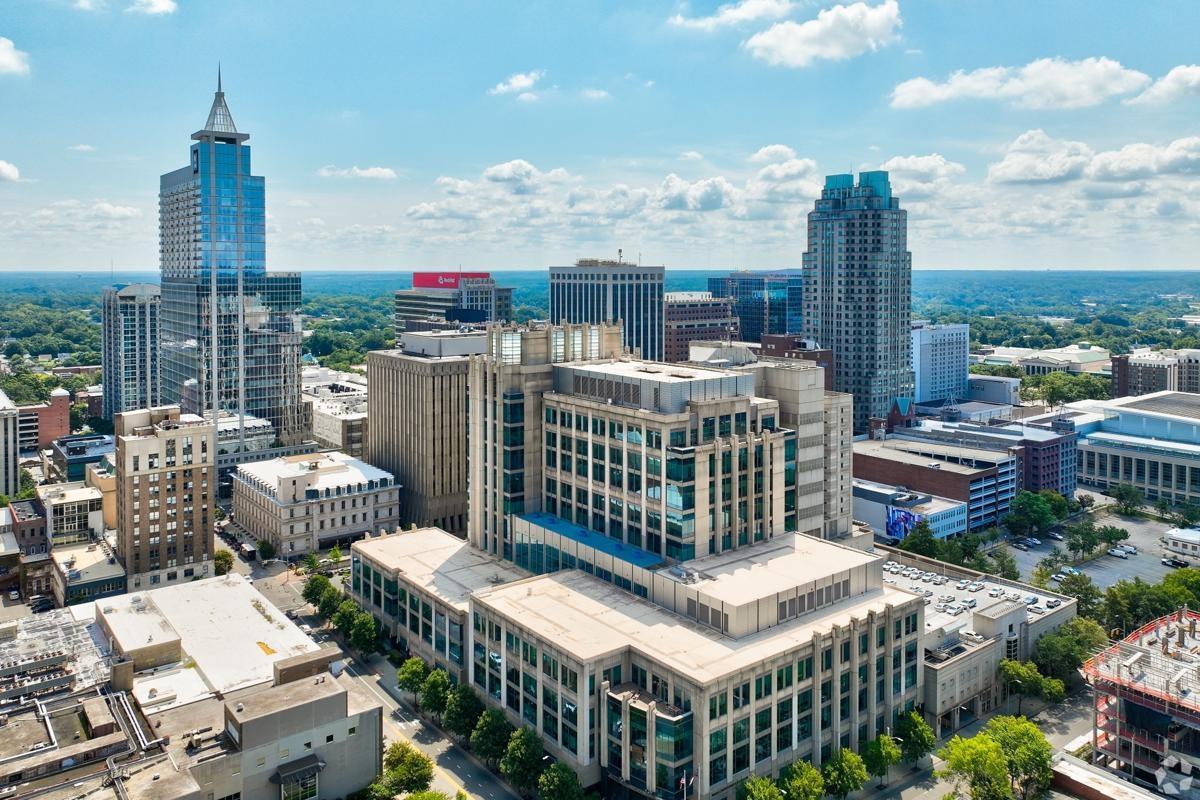
- Average rent in Raleigh: $1,398/month
- Rent increase in past year: 0.7 percent
Just like Atlanta, Raleigh is reaping the benefits of corporate relocations, growing tech presence, and people flocking to the city to find affordability and a better quality of life. The city saw one of the largest year-over-year improvements in supply relief (decline in the percentage of inventory under construction compared to a year ago), according to CoStar. Currently, there are a lot of apartments available but as these are leased and construction decreases, renters may find it harder to rent.
Both the city and suburban neighborhoods are popular in Raleigh as Downtown Raleigh/Capital District and North Cary/Morrisville have received the largest amounts of new supply. Raleigh accommodates renters looking for specific lifestyles within budget with both expensive and affordable neighborhoods in the heart of the city and the calmer outskirts.
5. San Francisco, CA
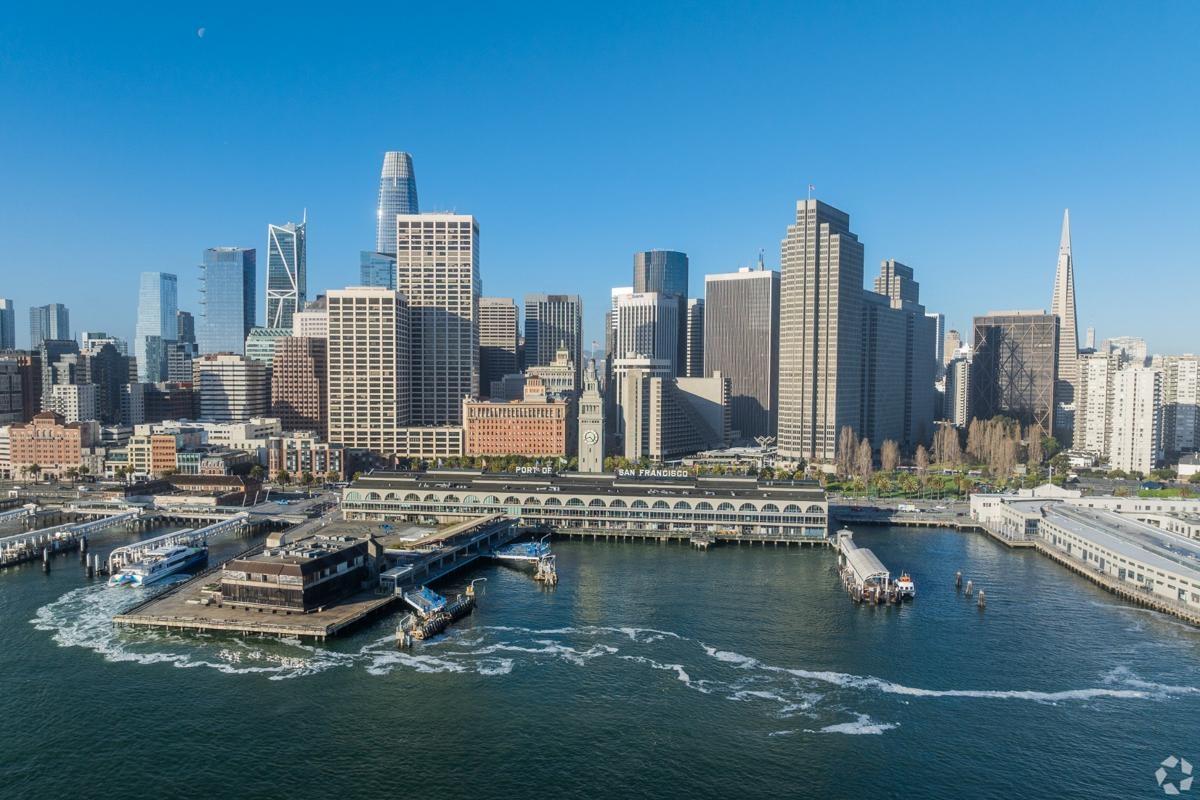
- Average rent in San Francsico: $3,073/month
- Rent increase in past year: 5.2 percent
Though San Francisco has favored renters a bit more in the recent years, it saw a shift towards landlords with a big drop in vacancy and a nation-leading increase in rent growth year to year. Nigel Hughes, senior director of market analytics for the Bay Areas, says this is largely due to the AI companies flocking to the city and professionals who follow them. The city has also made a huge effort to improve crime and other negative street conditions.
While San Francisco is seeing a renewed interest from renters, this also means that the average rent has surpassed its 2019 peak. Don’t fret; you can dodge the high rent prices by checking out affordable neighborhoods.
6. Seattle, WA
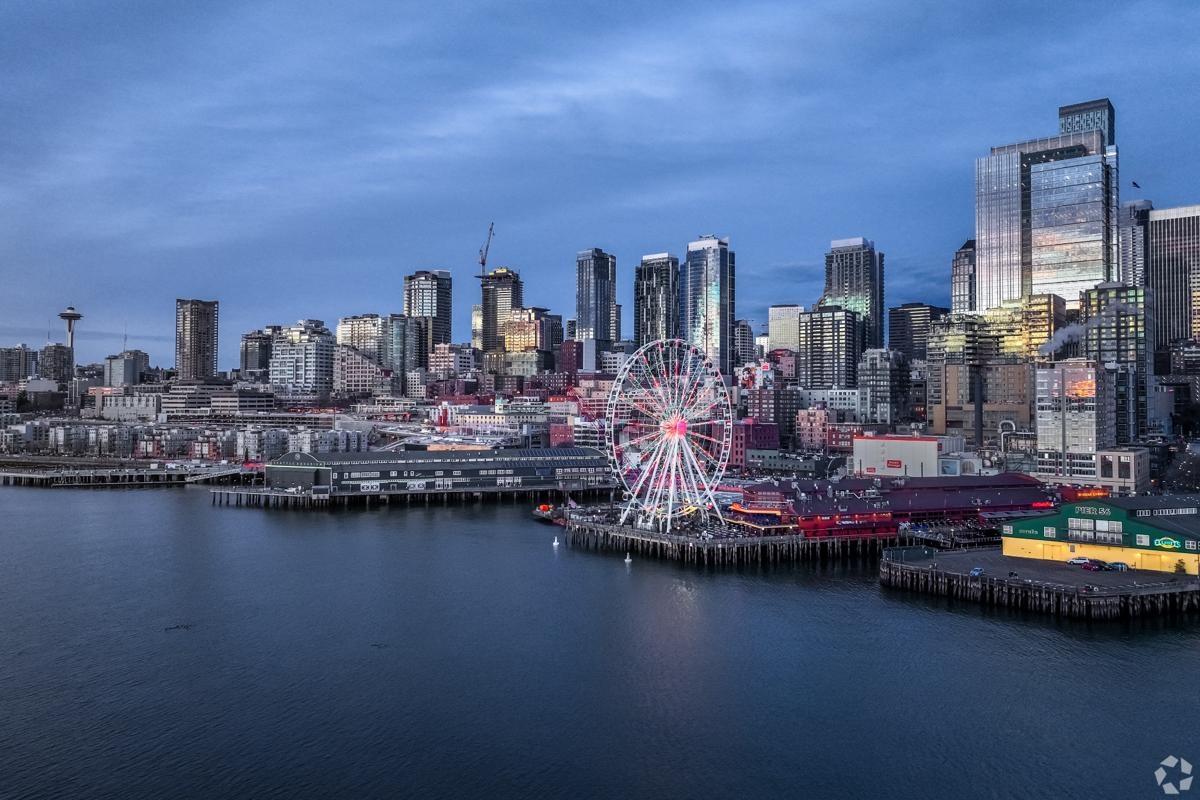
- Average rent in Seattle: $2,140/month
- Rent increase in past year: 3.6 percent
Though construction in Seattle is subsiding, demand remains elevated, staying near its three-year high. Due to this, the market is getting tougher for renters, especially in neighborhoods where the construction pipeline has dried up.
Even with a high average rent, Seattle is still more affordable than many West Coast cities and has strong job and wage growth. The combination of affordability and job opportunities has fueled the recent population boom. Luxury apartments are the most sought-after as CoStar reports that in the past year, 11,000 of a total of 13,000 units absorbed were high-end ones. If that’s out of your budget, there are many affordable neighborhoods you can explore.
7. Minneapolis, MN

- Average rent in Minneapolis: $1,393/month
- Rent increase in past year: 3 percent
Minneapolis stands out as an affordable alternative to expensive cities for renters. As its demand remains stable and construction slows, the city saw a drop in vacancy and an increase in rent growth. Renters should be prepared to face both increasing competition for apartments and higher rent prices.
Renters are choosing the suburbs more than the urban core as they prioritize budget-friendly, spacious residences in walkable, safe neighborhoods. Recently, CoStar found that the suburbs had two of their strongest quarters ever for rental demand, highlighting the robust suburban market.
8. Orlando, FL
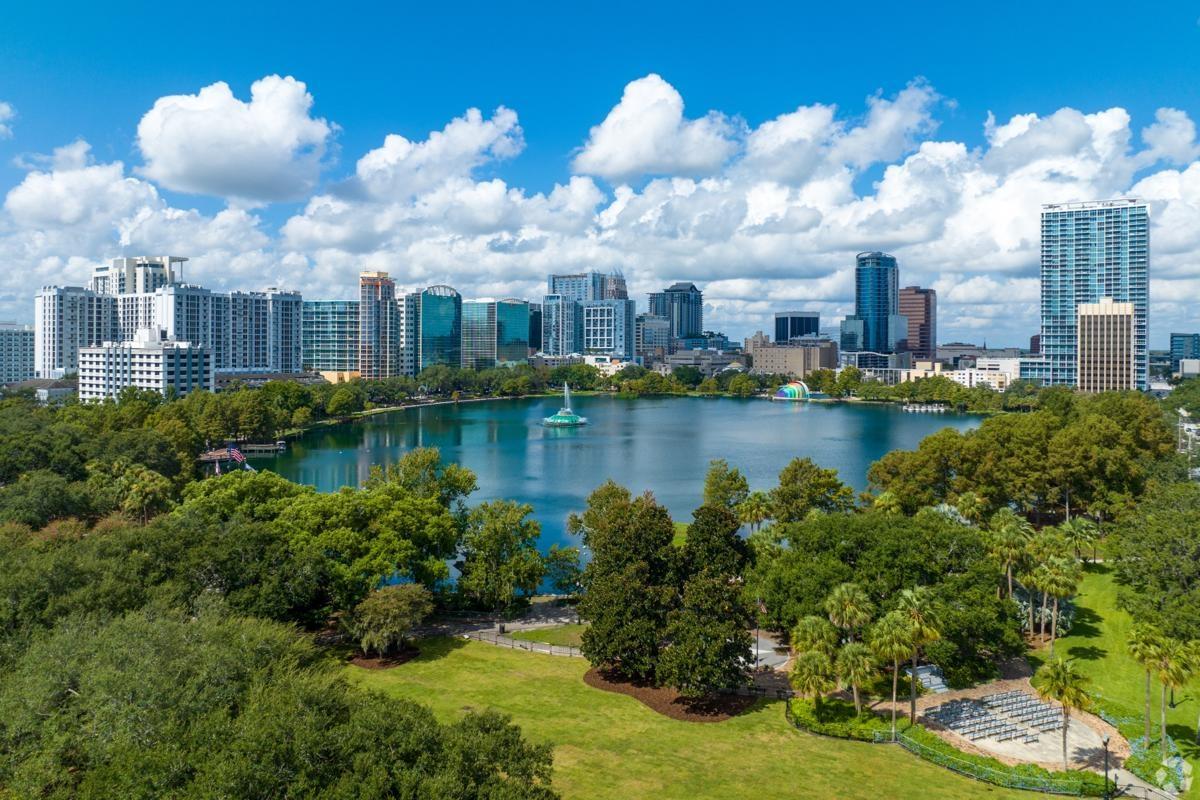
- Average rent in Orlando: $1,587/month
- Rent increase in past year: 0 percent
Orlando is known for being the theme park capital of the world, and the city has a lot of job creation in tourism, but it also thrives in healthcare and logistics. This helped demand stay in line with the rise in new construction as people move to the city for work. The city’s steady annual population growth of 1.5 percent is expected to continue.
Luxury apartments comprise the majority of the rental demand. CoStar found it accounted for 90 percent of all apartment units absorbed in the last year. Renters want new apartments filled to the brim with amenities, and Orlando has no shortage of that. 90 percent of units completed in the last year and 80 percent of units under construction are considered luxury. As many communities offer different amenities, make sure you find one that has everything you want by making a list of your must-have amenities.
9. San Jose, CA
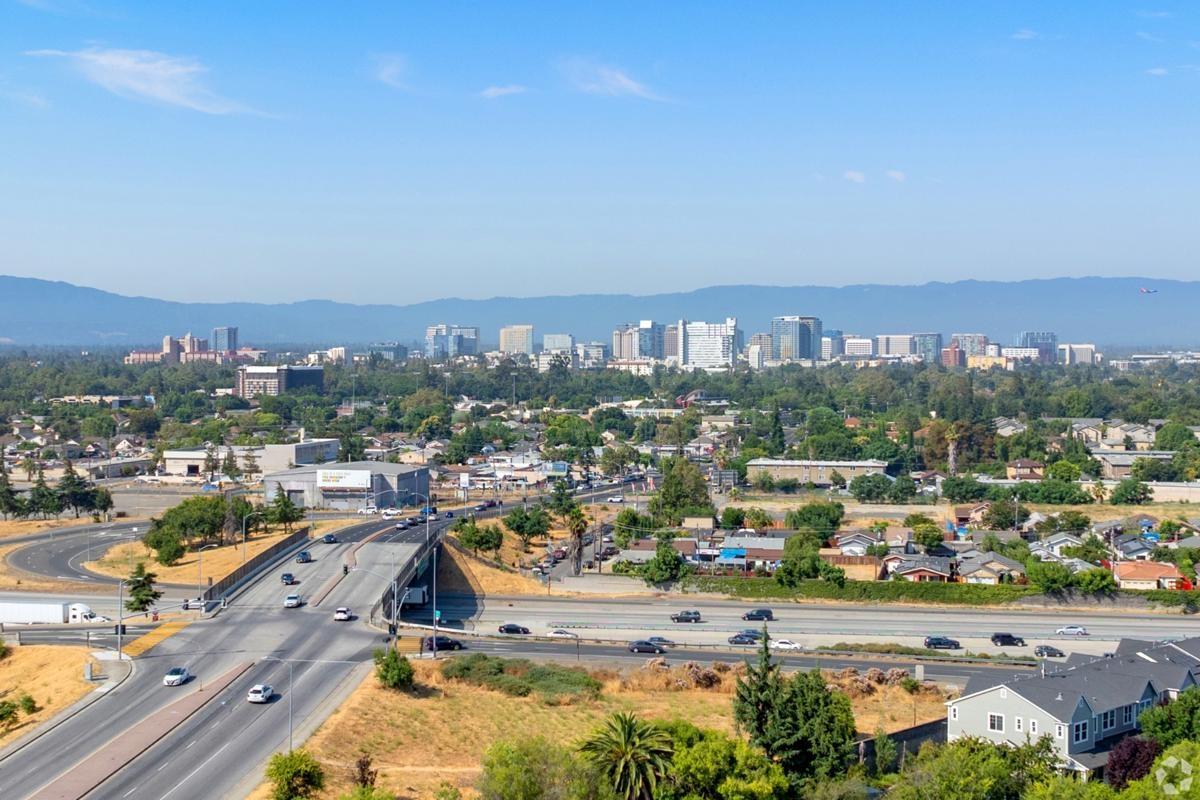
- Average rent in San Jose: $2,681/month
- Rent increase in past year: 3.3 percent
San Jose’s absorption numbers greatly improved as renters take advantage of the new apartment supply. Professionals are returning in droves to San Jose because of artificial intelligence companies moving to Silicon Valley. This has led to large increases in employment, income, and demand.
A record high of 4,300 units were delivered in 2024, the highest since 2016. Even with all the new construction, apartments are being leased quickly so you must move fast as a renter.
10. Philadelphia, PA
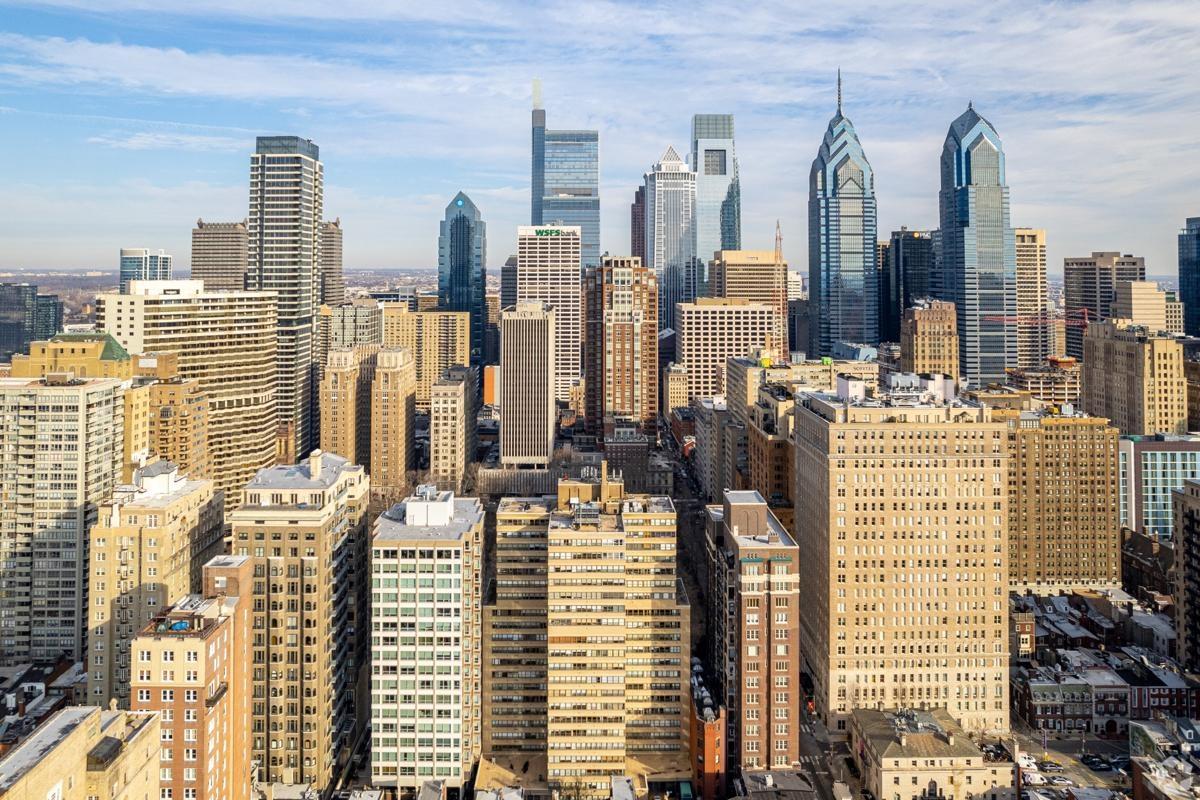
- Average rent in Philadelphia: $1,751/month
- Rent increase in past year: 1.6 percent
Stable employment, city life, and new construction have attracted many renters to Philadelphia. Millennials have been one of the largest demographics to move to the city because of its offerings. With plenty of affordable neighborhoods to choose from, it’s easy to see why renters are making the move.
As downtown areas have seen a lot of new construction, many communities are offering concessions to get renters in the door. According to CoStar, 50 percent of urban apartments offered concessions while only 20 percent did in the suburbs. So, if you’re looking for a move-in special, it’s worth checking out Center City and other neighborhoods in the heart of Philadelphia.
Tips to Deal With a Landlords Market
As you face a shift from a renters market to one for landlords, you’ll encounter challenges ranging from rising rent prices to increased leasing competition. To make sure you stand out from the crowd and are picked by the landlord, check out these tips on how to deal with a landlords market.
- Schedule a tour. Creating a personal connection and showing the landlord you are serious about the property by arriving on time and asking thoughtful questions goes a long way in proving you will be a great renter.
- Come prepared. Having all your documents and information ready to send to the landlord helps you be respond quickly to the landlord. Sometimes it all boils down to who is quickest.
- Stick to your budget. Figure out how much you should spend on rent and look for apartments within that range. The kind of apartment you get for your budget will look very different depending on the city.
- Look outside core hotspots. Keep your options open and look at neighborhoods both within the city and outside of it. Living in the suburbs is typically cheaper than an apartment right downtown.
- Be flexible. Landlords might prioritize renters who are willing to match the landlord’s timeline. This could include being flexible with move-in dates or lease duration.
- Time your search. If possible, try to find an apartment outside of peak moving season as competition gets tough during those months. This affects rent prices as well; you can find lower prices during slow months.
Hottest Rental Markets in 2025 Comparison
|
City |
Average Rent |
Rent Increase in Past Year |
|
Jacksonville, FL |
$1,304/month |
0.9 percent |
|
Atlanta, GA |
$1,628/month |
1.2 percent |
|
Tampa, FL |
$1,661/month |
1.8 percent |
|
Raleigh, NC |
$1,398/month |
0.7 percent |
|
San Francisco, CA |
$3,073/month |
5.2 percent |
|
Seattle, WA |
$2,140/month |
3.6 percent |
|
Minneapolis, MN |
$1,393/month |
3 percent |
|
Orlando, FL |
$1,587/month |
0 percent |
|
San Jose, CA |
$2,681/month |
3.3 percent |
|
Philadelphia, PA |
$1,751/month |
1.6 percent |
FAQs
In what cities is it better to rent vs. own?
There are U.S. cities where renting or owning are the clear winner. The top U.S. cities with the most renters are:
- Miami, FL
- New York, NY
- Boston, MA
- Los Angeles, CA
- San Francisco, CA
The top cities with the most homeowners are:
- Mesa, AZ
- Albuquerque, NM
- Colorado Springs, CO
- Louisville, KY
- El Paso, TX
Which cities in the U.S. saw the largest increases in rent growth in the past year?
According to the rent report for July 2025, the cities with the biggest rent increases are:
- Brookline, MA: 7.4 percent
- Chicago, IL: 5.15 percent
- Brooklyn, NY: 4.3 percent
- Seattle, WA: 4.1 percent
- Columbus, OH: 4 percent




